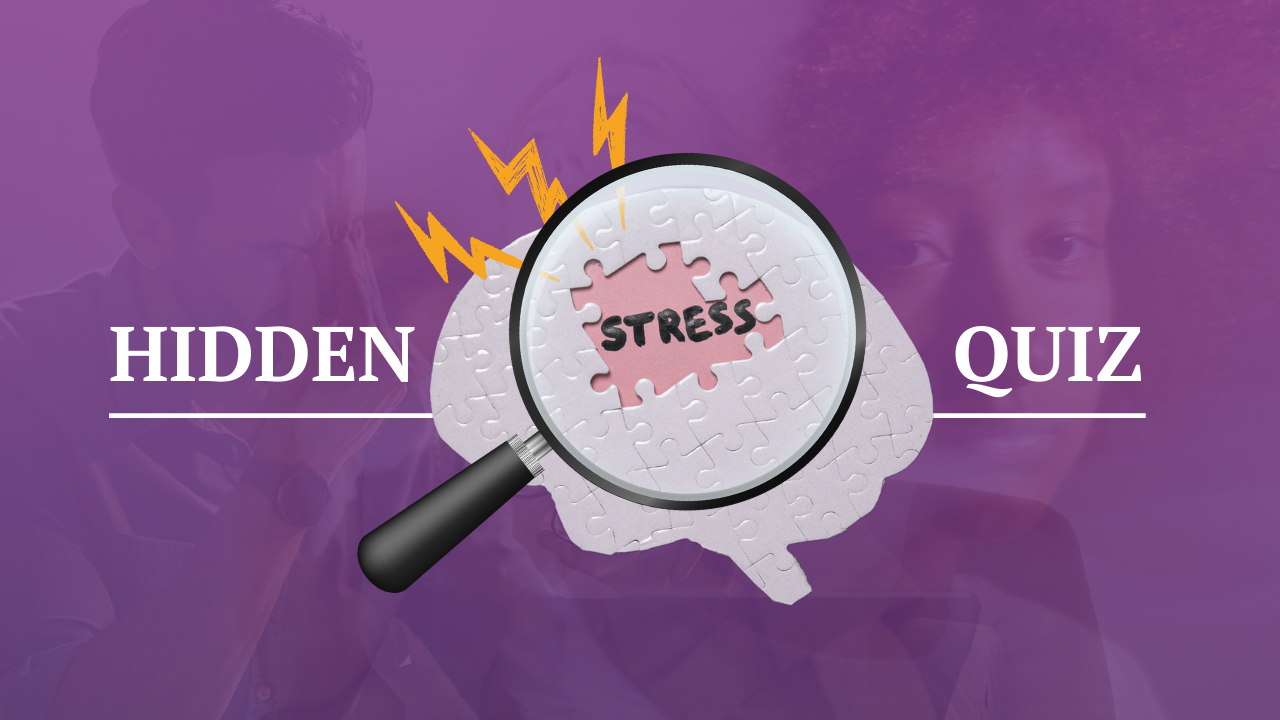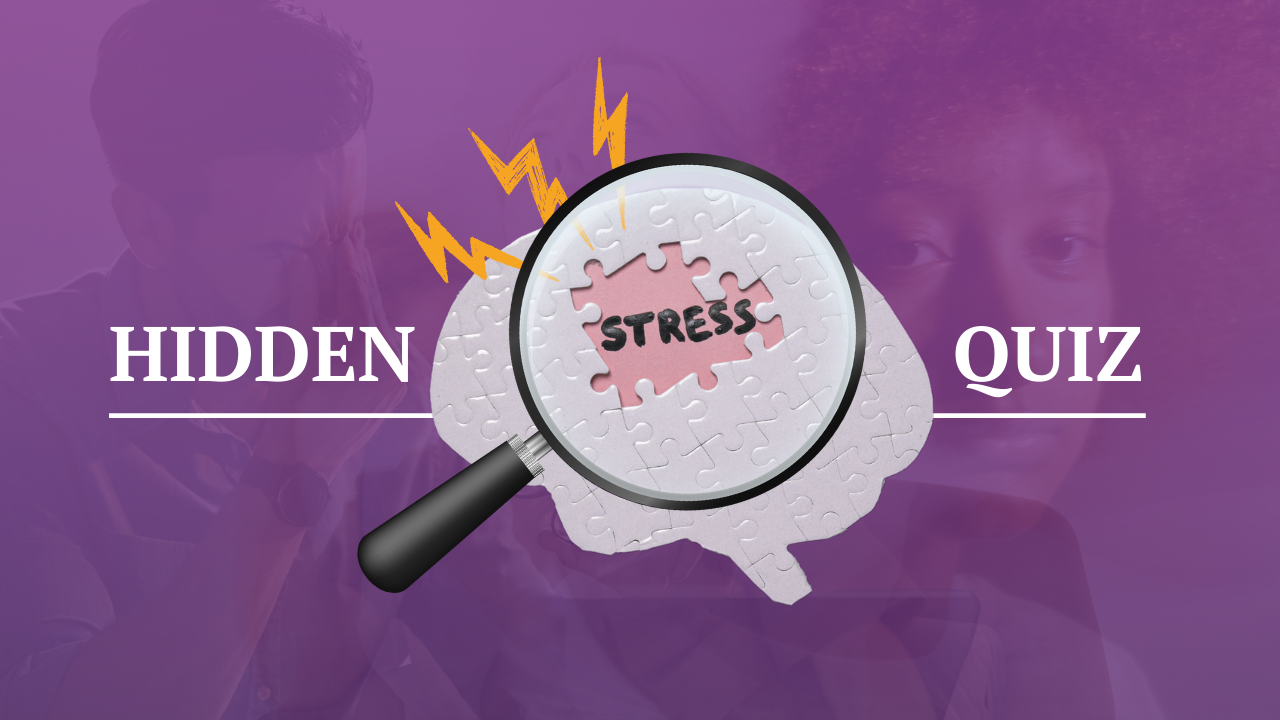Breath by Breath: Boosting Emotional Intelligence in the Workplace with Deep Breathing
Jul 31, 2024
Stress and emotional challenges are commonplace in the modern work environment. But what if I told you there's a simple, natural way to boost your emotional intelligence (EI) and enhance your work life? Deep breathing can help you manage your emotions, improve your relationships, and handle stress more effectively.
Not too long ago, I conducted a workshop at a mid-sized tech company that was struggling with high turnover and low morale. The room was filled with skeptical faces as I introduced myself and explained how deep breathing can enhance emotional intelligence. I began by guiding everyone through a simple deep breathing exercise: belly breathing. The room’s anxious energy visibly dissipated, replaced by calm and focus.
Not too long ago, I conducted a workshop at a mid-sized tech company that was struggling with high turnover and low morale. The room was filled with skeptical faces as I introduced myself and explained how deep breathing can enhance emotional intelligence. I began by guiding everyone through a simple deep breathing exercise: belly breathing. The room’s anxious energy visibly dissipated, replaced by calm and focus.
I shared a story about Sarah, a manager who transformed her stress management and team dynamics through deep breathing. This illustrated how practical and impactful the practice can be.
Next, I alternated between experiential exercises and educational tidbits. We discussed integrating deep breathing into daily routines, such as taking breathing breaks, preparing for meetings, and recovering from stress.
The safe environment helped participants feel comfortable sharing their experiences. Mark, a senior developer, said he "felt a tangible release of stress and new clarity," while Lisa from HR reported feeling "more connected" to her emotions.
Weeks later, the HR director reported significant improvements: decreased stress-related conflicts and increased job satisfaction. Follow-up indicated that Mark started leading weekly breathing breaks, and Lisa incorporated the exercises into onboarding.
This and other experiences working with groups reaffirmed my belief in the transformative power of deep breathing. It’s a simple yet effective tool for navigating the complexities of the modern workplace with greater emotional intelligence and resilience.
What is Emotional Intelligence?
Emotional intelligence, a concept popularized by Daniel Goleman, refers to the ability to recognize, understand, and manage our own emotions and the emotions of others. It encompasses five key components: self-awareness, self-regulation, motivation, empathy, and social skills (Goleman, 1995). High EI is linked to better job performance, leadership capabilities, and overall workplace harmony (Cherniss, 2010).
How Deep Breathing Enhances Emotional Intelligence
How Deep Breathing Enhances Emotional Intelligence
Deep breathing, or diaphragmatic breathing, involves taking slow, deep breaths that fully engage your diaphragm. This practice can stimulate your parasympathetic nervous system, promoting relaxation and focus (Jerath, Edry, Barnes, & Jerath, 2006). Here's how it can boost each aspect of emotional intelligence:
- Self-Awareness: Deep breathing helps you tune into your body and emotions, increasing your self-awareness (Brown & Gerbarg, 2005).
- Self-Regulation: By reducing stress, deep breathing helps you manage your emotions and respond calmly to challenges (Perciavalle et al., 2017).
- Motivation: Regular deep breathing can improve your focus and clarity, keeping you motivated and goal-oriented (Yu & Sung, 2010).
- Empathy: A calm mind from deep breathing enhances your ability to understand and empathize with others' emotions (Shapiro & Carlson, 2009).
- Social Skills: Improved emotional regulation and empathy lead to better communication and stronger relationships (Goleman, 1995).
The Science Behind It
Studies support the benefits of deep breathing for emotional regulation. Jerath et al. (2006) found that deep breathing enhances the parasympathetic nervous system, reducing stress and promoting a calm state. Perciavalle et al. (2017) showed that deep breathing significantly reduces cortisol levels, the stress hormone, leading to better emotional control and resilience.
Research by Brown and Gerbarg (2005) on yogic breathing techniques, which include deep breathing, highlighted significant improvements in emotional regulation and mental health. Their review of multiple studies revealed that these practices can reduce symptoms of anxiety and depression, which are critical for maintaining emotional balance in a high-pressure work environment.
Furthermore, a study by Shapiro and Carlson (2009) found that mindfulness practices, including deep breathing, significantly improve empathy and interpersonal relationships. This aligns with Goleman’s (1995) assertion that empathy is a crucial component of emotional intelligence, essential for effective leadership and collaboration in the workplace.
Practical Tips for Using Deep Breathing at Work
- Breathing Breaks: Take short, regular breathing breaks throughout the day to reset and refocus.
- Pre-Meeting Prep: Practice deep breathing for a few minutes before important meetings to enhance clarity and composure.
- Post-Stress Recovery: Use deep breathing immediately after stressful events to quickly regain equilibrium.
- Visualization and Breathing: Combine deep breathing with visualization techniques to enhance emotional resilience and goal-setting.
- Breathing Buddies: Partner with a colleague to practice deep breathing exercises together, fostering mutual support and accountability.
Deep breathing is a simple yet powerful tool for enhancing emotional intelligence in the workplace. By promoting self-awareness, self-regulation, motivation, empathy, and social skills, it helps create a more harmonious and productive work environment. The scientific evidence supports its efficacy, and personal stories like Sarah’s demonstrate its transformative potential.
Incorporate deep breathing into your daily routine and experience the benefits firsthand. Whether it’s through scheduled breathing breaks, pre-meeting preparation, or partnering with a colleague, these practices can help you navigate the emotional challenges of the workplace with greater ease and effectiveness. Breath by breath, you can unlock your full potential and lead with emotional intelligence.
References
Brown, R. P., & Gerbarg, P. L. (2005). Sudarshan Kriya yogic breathing in the treatment of stress, anxiety, and depression: Part II—clinical applications and guidelines. Journal of Alternative and Complementary Medicine, 11(4), 711-717.
Cherniss, C. (2010). Emotional intelligence: Toward clarification of a concept. Industrial and Organizational Psychology, 3(2), 110-126.
Goleman, D. (1995). Emotional Intelligence: Why It Can Matter More Than IQ. New York, NY: Bantam Books.
Jerath, R., Edry, J. W., Barnes, V. A., & Jerath, V. (2006). Physiology of long pranayamic breathing: Neural respiratory elements may provide a mechanism that explains how slow deep breathing shifts the autonomic nervous system. Medical Hypotheses, 67(3), 566-571.
Perciavalle, V., Blandini, M., Fecarotta, P., Buscemi, A., Di Corrado, D., Bertolo, L., ... & Coco, M. (2017). The role of deep breathing on stress. Neurological Sciences, 38(3), 451-458.
Shapiro, S. L., & Carlson, L. E. (2009). The Art and Science of Mindfulness: Integrating Mindfulness Into Psychology and the Helping Professions. Washington, DC: American Psychological Association.
Yu, J., & Sung, J. (2010). The effects of diaphragmatic breathing on attention, negative affect and stress in a healthy community sample: A randomized controlled trial. Journal of Korean Academy of Nursing, 40(4), 470-480.


